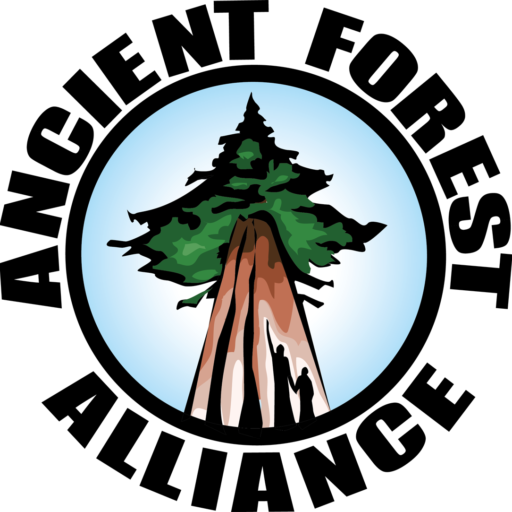Shooting Stars
A beautiful highlight in endangered Garry oak meadows is the shooting star, with its vivid purple and swept-back wing-like petals.
A beautiful highlight in endangered Garry oak meadows is the shooting star, with its vivid purple and swept-back wing-like petals.
Diversity is a defining feature of old-growth forests, whose unparalleled structural complexity develops over centuries to provide habitats for thousands of species, many of which live nowhere else. Learn more about these incredible rainforest ecosystems and take action to protect them!
In the coastal rainforests, you know it's officially spring when the bigleaf maples start to flower with their subtle yellow-green colouring! Learn more about these lovely flowers here.
Western trillium are fleeting, charismatic flowers signifying the arrival of spring in old-growth forests in the Pacific Northwest.
To truly safeguard biodiversity, BC needs “Ecosystem-Based Protection Targets” for every ecosystem type—rainforests, grasslands, dry forests, wetlands, etc.—on a scale large enough to ensure their long-term health and stability.
Witness the majestic bald eagle in the temperate rainforests of BC, where they nest in ancient trees and hunt for wild salmon. Learn about their impressive vision, enormous nests, and how the Chehalis and Harrison Rivers host one of the world's largest eagle concentrations.
In his presentation, One Last Shot to Protect Old-Growth Forests In British Columbia, TJ takes us on a visual journey of his work as a conservation photographer, big tree hunter, and National Geographic Explorer.
This bizarrely fascinating gnome plant is a rare pink myco-heterotroph found in coastal rainforests. Lacking leaves and stems, it relies on fungi for nutrients rather than photosynthesis. Explore its mysterious relationships with insects and fungi, and learn why this beautiful organism is such a curious critter in forest ecosystems.
The camas lily, known for its glorious blue-purple flowers that can blanket whole meadows, is native to the Garry oak ecosystems of southeastern Vancouver Island.
A graceful straight stem, curving elegantly at the top like a tiny streetlamp with beams of golden light spilling down — the fawn lily is such a picturesque beauty, that once seen, it will never be forgotten.
